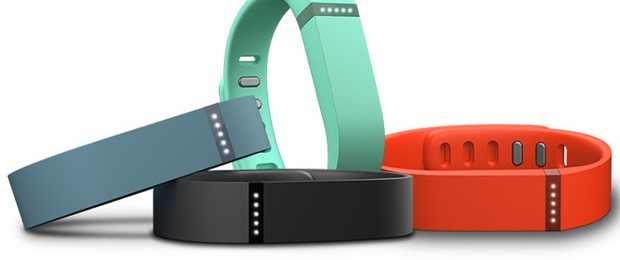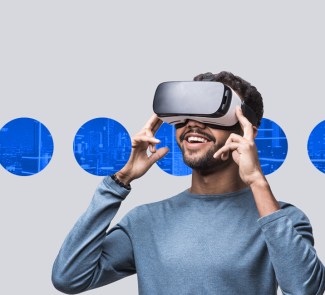Over the last few years, the smart prefix has crept into a string of concepts. Smartphones are the most typical case, perhaps because they came first and are certainly the most widespread. But there are other objects and devices that have acquired the smart tag. Smart TVs, smartwatches and even smartglasses, not to mention the smartcities, a term with the ambition to make entire cities intelligent.
Among all these smart devices are smart bracelets, which are taking off right now on the heels of the CES 2013 presentations. These gadgets are part of the trend that invites companies to launch technological products aimed at fostering a healthier lifestyle.
In fact the main use for which smart bracelets were designed was to monitor certain daily biological parameters. The wearer could see whether he or she needed more exercise or to eat better. It is not new technology, but at CES 2013 they have earned their own separate section due to various presentations and the optimization manufacturers are achieving.
Health monitoring proposals
A year ago the Nike + Fuelband appeared. Manufactured by the well-known Nike brand of apparel and sporting accessories appeared, it lets the user know how much oxygen he/she is using at any given time and records it. You can also set a goal or compete with your list of friends. All these possibilities are increased by a mobile application that provides detailed performance information on the wearer.
Even more information is offered by Fitbit Flex, which arises from the experience of Fitbit One, a small, daily activity-monitoring device. This was carried in the pocket, but the company that built the system has decided to adapt it to the shape of an smartbracelet. In this way, the user can monitor the calories consumed, time spent performing physical activities and distance travelled. It will be available in the spring of this year.
This bracelet adaptation of a product focused on healthy habits shows the importance these devices are gaining, mainly focused on the area of personal monitoring. Their potential, however, goes far beyond this, as is clear from what LG, one of today’s leading manufacturers of bleeding-edge technology.
The LG Smart Activity Tracker has a simple design, reminiscent of the Nike device. It also focuses on recording on the user’s vital signs, allowing him or her to share details with other contacts, a feature that other systems enable through mobile applications. Additional features include a touch screen (although small, you can’t expect much more) synchronization via Bluetooth to a smartphone and GPS technology.
![]()
The LG bracelet can synchronize with iOS and Android terminals, as well as the firm’s smart TV platform. From the comfort of a sofa, the user can see the evolution of his or her physical efforts, or examine information in a smartphone application. Conversely, the touch function of the screen allows users to access information from the device while it is connected, so they can choose a song or see who is calling as they exercise just by glancing at their wrist. The product is slated to be launched in the summer.
The complexity that LG has put in its smart bracelet could set the trend for where these devices are heading. The simultaneous launch of the Whithings Smart Activity Tracker shares some characteristics of smart bracelets, despite not being designed to be worn on the wrist. An OLED touch screen and the ability to connect with Android and iOS make it a very useful device, which also measures calories burned, distance travelled or the quality of sleep hours.
The convenience offered by this kind of device is one of its greatest assets, hence their versatility. There is even a bracelet that might not have much in the way of smarts, but is certainly not dumb either: it detects the wearer’s exposure to ultraviolet rays. It changes colour with the sun’s rays, and sounds the alarm when you are about to pass the limit between tanning and burning.







